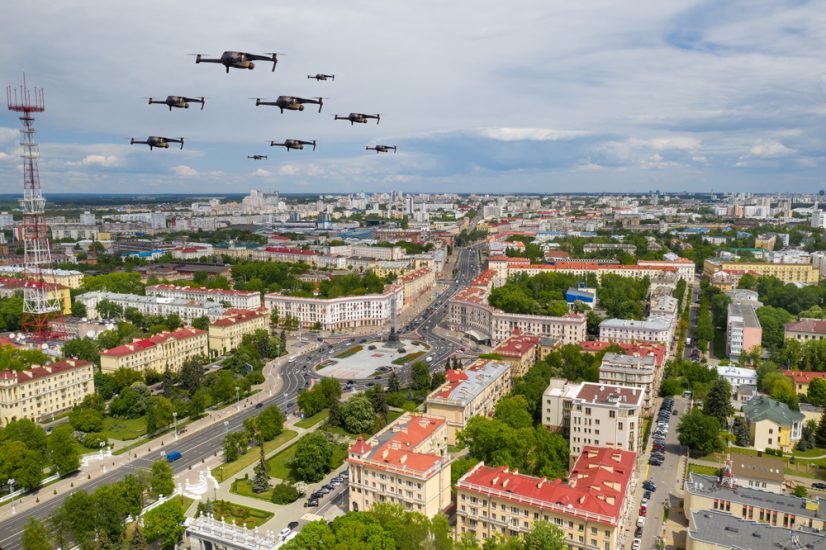By Jenny Beechener
Just 18 months remain before European regulation (EU) 2021/664 comes into force, setting minimum operating requirements for safe unmanned aerial systems (UAS) operations and U-space service providers in January 2023. “The clock is ticking,” says Koen de Vos, Secretary General of the Global UAS Traffic Management Association (GUTMA) chairing the association’s webinar on Approval Requirements of UTM Service Suppliers on 2 June 2021. “Many challenges remain including hardware, software, ensuring guidance material is fit for purpose and striking a balance between safety and a competitive industry.” Unmanned traffic management (UTM) data services are similar, and in some cases the same, as those used in air traffic control and the aviation performance standards present a high entry bar for new players.
The mandatory services are “quite challenging” which makes it harder for smaller service providers says Ralph Schepp, Co-founder and COO of U-Space Service Provider (USSP) Droniq. He agrees time is short but sees the regulation as “crucial to pushing the market forward”. This includes equipment certification, for example CE and WEEE stamps, data formats, cyber security, frequency and spectrum assurance among performance requirements. “Customers want systems that are safe, fast and easy to use. The real challenge for USSPs is not so much compliance with certification, but translating a complex and uncertain framework into a customer service that people really want.” Providing compliant services at an attractive price is crucial to creating a competitive marketplace.
Drone operator and USSP, Wing, also supports “a healthy system of providers” says Policy Team Member Matthew Satterley. “As future drone operations become more diverse, they will not be serviced by a single service provider but by providers that can specialise. Wing is only interested in environments with multiple providers,” and supports standardised services: “USSPs need access to common information the drone operator can trust. We need interoperability between the different actors in the system.” Wing expects to test and validate these service delivery standards as part of next steps towards implementing the regulatory framework.
Swiss regulator FOCA started down this road with the launch of networked remote ID at the start of 2021. “This is voluntary, but good citizens are using the service,” says Digital Transformation Architect Benoit Curdy. FOCA is not re-inventing the wheel, for example ATSM F3411 provides the standard, and USSPs are heavily involved in developing the guidance material. FOCA oversees a master agreement signed by all participants which is accessed via the Swiss U-Space Implementation (SUSI) website. The regulator can arrange/revoke access as necessary. “This platform provides direct value to USSPs and authorities and minimises the work for everyone. U-space has to be affordable to make sure operators can fly.”
European Union Aviation Safety Agency (EASA) U-space Project Manager Ken Engelstad says Chapter V, articles 14, 15 and 16 of the regulation address USSP requirements and their obligations, nominating the national regulator as certification authority (unless the role is transferred to EASA). It also includes a sample template in the Annex. It is based on regulation 2017/373 common requirements for ATM service providers and follows a similar format, for example requiring service providers to demonstrate safety assessment, monitoring of safety performance and compliance. Two application models are envisaged: Multiple U-space providers; and a state-designated single Common Information Service provider (CISp). “The regulation will be proportionate and flexible to avoid too much burden on USSPs,” adds Ken Engelstad.
The regulation also includes extra obligations, for example to regulate change management, subcontracts, personnel requirements, security of facilities, operating manuals and record-keeping. It specifically addresses cyber security and will be subject to new EASA transversal security requirements which are currently under development and will apply across all aviation domains.
Importantly, the agency’s performance-based rules are intended to enable multiple new entrants into the marketplace.
For more information visit:




